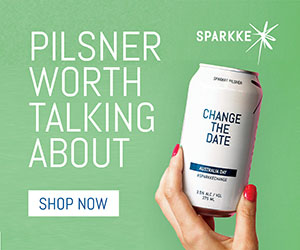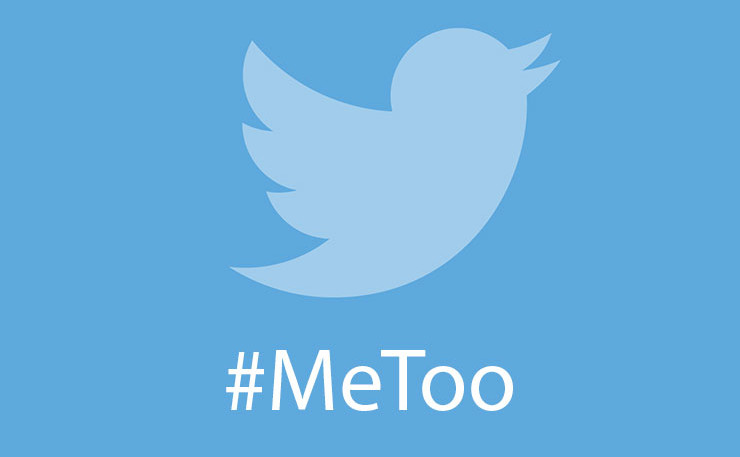In the ‘good old days’ raising awareness about violence against women looked very, very different. Dr Liz Conor explains.
She ran a feather boa between her thighs. Channel 7 was advertising some smut guff. The male voice-over wheezed: ‘She’s Hot Sexy and Seductive. The Madman’s Perfect Victim’.
A little kilanova imploded in my chest. Some victims of male sexual violence are better than others, are they? Some women are ‘perfect’ for rape are thefuck they?
At the time I was counselling in a regional sexual assault center. In one disclosure from a satellite township a pedophile ring of bikies was gang-raping their daughters as young as 2 years. But they were white, so no ‘emergency intervention’ army was sent in. No-one at all was sent in. Another disclosure was by the granddaughter of a retired senior police officer.
And it is policing, the sexual violence perpetrated by men. Our internal sensors monitor every movement. We scan and sniff, count how many in the parked car, clench keys, chart safe houses, resolutely ignore cat-calls. Our radar extends further into space than Hubble. We brace. We look out – for men on the look out.
 And that’s just for strangers, outdoors. The statistically more likely threat is from the sexually violent men we live with, from the liberties taken with consent, like an expressly unwelcome anal jab, to the imprisonment of contused ‘intimacy’.
And that’s just for strangers, outdoors. The statistically more likely threat is from the sexually violent men we live with, from the liberties taken with consent, like an expressly unwelcome anal jab, to the imprisonment of contused ‘intimacy’.
As I increasingly stomped through rural peace and into the centre each morning, the picturesque cottages seemed to house a morass of male sexual violence. I already knew from taking units in criminology that rape was systemic, pervasive, insidious, and yet cossetted by laws that effectively put women and their sexuality on trial instead of their offenders.
What I learnt in the counselling sessions however, and by accompanying women to police, hospital and court, is how utterly tragic, debilitating and life-thwarting are the impacts. We called them survivors, we emphasised their bravery and resilience. But many came back, washed up on a new tide of trauma triggered by birth, or some witless Channel 7 show, or cat-caller, or workplace grope.
The #MeToo campaign has been hailed as exposing to view this ubiquity of men’s predatory sexual behaviors. It has also been sneered at with ‘way to trigger Guys’. But if we’re talking about trauma, triggers already lie in wait, everywhere. Try court.
Try Weinstein. Weinstein is the trigger for the #MeToo women survivors. To accuse women calling him out, and his like, of triggering is to victim blame.
If we’re talking about social media triggers then perhaps it’s timely to recall what campaigning entailed BSM (before social media!).
Incensed by the rapey Channel 7 promotion, some of us set up a campaign aiming to raise awareness about the prevalence of sexual assault. We wanted to bust apart attitudes to rape; that there are perfect victims, that men pulling to snuff is free speech, that women realize sexual liberation when they ‘relax and enjoy’ rape.
It was 1991 and here’s how we went about it: with sticky-tape and flyers. With fax and telephone trees. With meetings and rallies. With press releases and, with any luck, the occasional broadcast interview. For a few months I was that Feminist It Girl (who’s appointed by male editors and executive producers).
I’d say when the campaign was in full swing we reached under a hundred thousand people. Did I hesitate for a moment to join the #MeToo social media trend, or invite other women and men to join me? What’dya reckon.
The #MeToo campaign has been trending on twitter for seven solid days with reams of news coverage. Hundreds of thousands of overwhelmingly women have joined the clarion call, both expressing their experiences but also, importantly, their solidarity for the women who accused Harvey Weinstein.
Sure it’d be more insurrectionary if we could list perpetrators – the focus should be on outing those fuckers – but against the legal obstacles I don’t like our chances. Not requiring women to actually name their perpetrators, nor distinguish between sexual assault and harassment is precisely why #MeToo provided a buffer for our extra-judicial disclosures. We didn’t have to state who or what, simply that.
 That’s not to say some well-considered concerns haven’t been duly raised. Helen Razer, ever circumspect about the materiality of discourse, erm tweeted that it’s all very well for celebrities to disclose their histories of abuse, but for women not handheld by tens of thousands of followers they may be left unsupported, or exposed to the backlash of even unnamed perpetrators. Or an inexplicable demotion from newly seething Project Manager Mr Fumbler.
That’s not to say some well-considered concerns haven’t been duly raised. Helen Razer, ever circumspect about the materiality of discourse, erm tweeted that it’s all very well for celebrities to disclose their histories of abuse, but for women not handheld by tens of thousands of followers they may be left unsupported, or exposed to the backlash of even unnamed perpetrators. Or an inexplicable demotion from newly seething Project Manager Mr Fumbler.
My point is Before Social Media, to raise even a 10th of this kind of momentum and traction we had to tramp up and down the street sticking up meeting notices. We begged and borrowed the use of fax machines and photocopiers (bless Janet Powell), booked meeting rooms (bless the Women’s Migrant Resource Centre) left neat little piles of flyers all around (bless the Women’s Information and Referral Exchange).
Raising awareness and intercepting dangerous attitudes meant hoofing it back then. It also meant, for lots of feminists, finding childcare and missing work or study deadlines.
Sure social media campaigns can shuffle though our feeds as though dealt by the Croupier God of Random Social Causes. Then again, how many of us know of the 1971 Manifesto of the 343 Sluts, written by Simone de Beauvoir in which women admitted they’d had abortions, risking prosecution. It brought real change, but like this testimony, social media campaigns are largely celebrity led and fed, so they’re not exactly democratic.
#MeToo isn’t perfect. But for all that social media testimony, campaigns have global reach. They are opt-in and are in no sense coercive. They don’t commit women to any trial – in every sense of the word. #MeToo shows the massive gender asymmetry which undergirds heterosexuality, yet #MeToo hasn’t excluded male survivors. And from the vantage of 1991 social media campaigns are mindbogglingly efficient, dispensing entirely, and thankchrist, with staples and sticky-tape.
Donate To New Matilda
New Matilda is a small, independent media outlet. We survive through reader contributions, and never losing a lawsuit. If you got something from this article, giving something back helps us to continue speaking truth to power. Every little bit counts.





